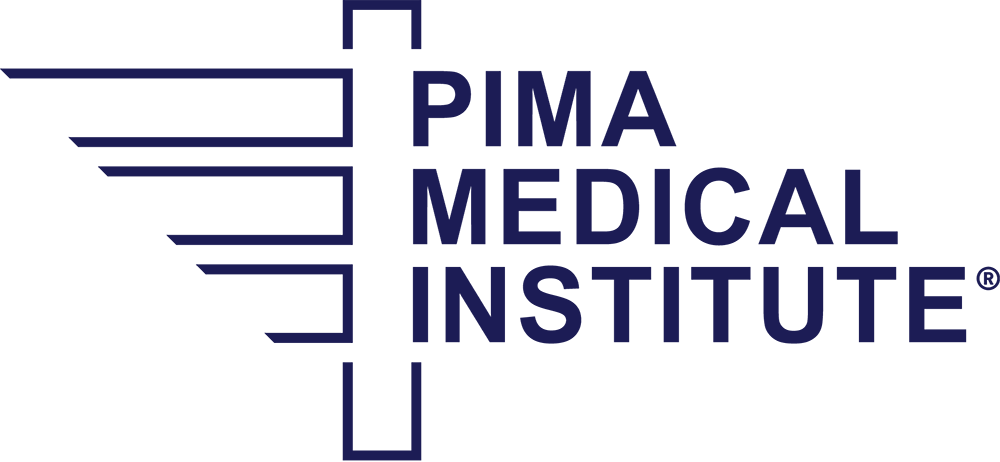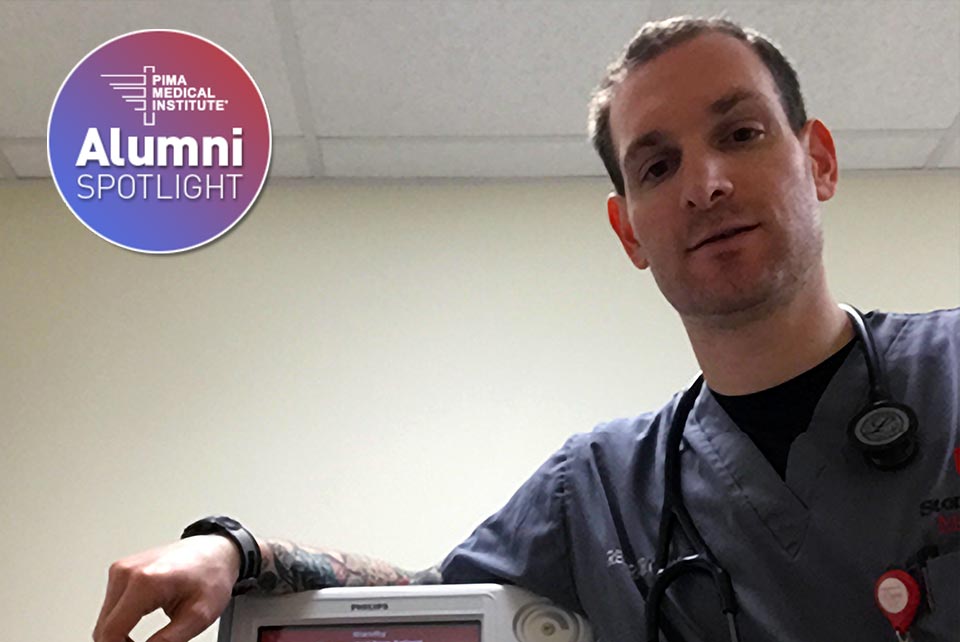Pima Medical Institute has been educating medical professionals since 1972, providing decades of training and support to those entering the healthcare industry as medical assistants.
Some people may have a misconception of exactly what a medical assistant does and just how strong the job growth is for this career. It also serves as a gateway into other healthcare fields, should you want to pursue another medical specialty in the future.
These five facts are great to know when deciding whether or not the medical assistant field is right for you.
Job Demand is On the Rise*
The career outlook for medical assistants is very promising. According to the U.S. Bureau of Labor Statistics, employment of medical assistants is projected to grow 18 percent by 2030, much faster than the average for all occupations.*
About 104,400 openings for medical assistants are projected each year, on average, over the decade. Many of those openings are expected to result from the need to replace workers who transfer to different occupations or exit the labor force, such as to retire.*
What Medical Assistants Do
Medical assisting, like all work in the healthcare field, can change lives. It’s a profession that requires dedication and empathy, making it a meaningful career for almost anyone who chooses it.
Medical assistants work side-by-side with doctors, nurses and the healthcare team and perform an array of clinical and administrative responsibilities. The duties will vary depending on where you’re based and may include:
- Interviewing patients to gather medical information, as well as measuring their vital signs
- Preparing and administering medications and/or treatments as directed by a doctor
- Cleaning and sterilizing medical equipment prior to and after use
- Explaining treatment procedures to patients
- Performing general office duties such as scheduling appointments and filling out insurance forms
Where Medical Assistants Work
A great fact about medical assisting is its variety. Medical assistants work with all types of doctors in every kind of medical practice like pediatrics, orthopedics, medical weight loss or plastic surgery. The most common areas of employment are:
- Doctors’ offices
- Outpatient care centers
- Specialty offices
Medical Assisting Can Be A Stepping Stone Into Another Healthcare Field
It’s uncommon for your first medical assistant job to be your last. While some medical assistants stay with the same doctor and practice until they retire, most branch out to experience work in larger, smaller or specialty offices. Some medical assistants further their education and become nurses, radiologists, physician assistants, medical assistant instructors or grow into a healthcare management role. The career options are limitless.
Medical Assistants Are Constantly Learning
After becoming certified, medical assistants can be trained to take on new duties from their physician or practice. Beyond vitals and patient preparation, medical assistants may collect blood, run ECGs, or even take out stitches, depending on the practice. Medical assisting is always changing as the healthcare field advances with new innovations arising frequently. Meaning, you’ll always be learning something new.
Pima Medical Institute offers the medical assistant certification at the majority of our campuses. It’s a nine-month program and can get you working in the medical field quickly.
**Bureau of Labor Statistics, U.S. Department of Labor, Occupational Outlook Handbook, Medical Assistants, on the Internet at https://www.bls.gov/ooh/healthcare/medical-assistants.htm (visited July 1, 2022).
(Updated from June 2020)



